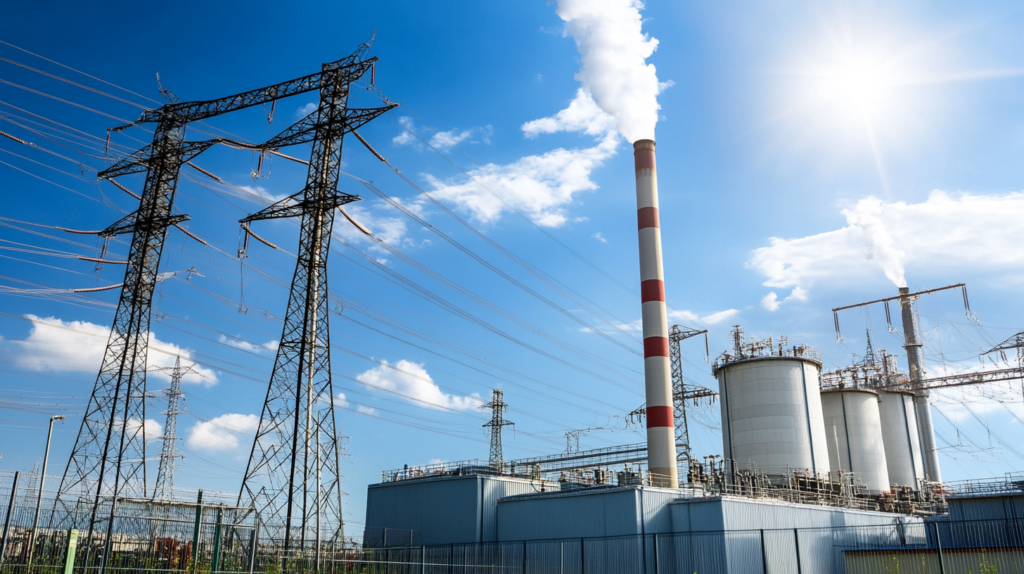Abstract
As large language models (LLMs) continue to grow in complexity and utility, the energy required to train these models has become a significant concern. Selecton Technologies aims to address this challenge by developing a machine learning (ML) model that predicts energy consumption during the training of LLMs and offers optimization suggestions without compromising performance. This article outlines our proposed solution, expected outcomes, methodologies involved in achieving a 15-50% reduction in energy consumption, and an economic analysis based on the cost of electricity in the USA.
Introduction
The advent of large language models has revolutionized natural language processing, enabling advancements in areas like translation, summarization, and content generation. Also the LLMs are able to maintain free-form dialogue with the user (chatbots), solve tasks and follow instruction. However, the training process for these models is computationally intensive, leading to substantial energy consumption and associated environmental and economic impacts. Optimizing energy usage without sacrificing model efficiency is crucial for sustainable and cost-effective AI development.
The Challenge of Energy Consumption in LLM Training
Training LLMs involves extensive computational resources, often requiring multiple GPUs and prolonged training periods. The energy consumed not only increases operational costs but also contributes to a larger carbon footprint. Traditional optimization techniques may improve performance metrics but often overlook energy efficiency and cost implications.
Selecton Technologies’ Proposed Solution
Developing an Energy Prediction ML Model
Our project focuses on creating an ML model capable of predicting the energy consumption of LLM training processes. By analyzing various hyperparameters and configurations, the model will provide optimization suggestions that reduce energy usage and costs while maintaining or enhancing performance.
Optimal Model Architecture
We are exploring different architectures for our predictive model, including:
Multi-Layer Perceptron (MLP): Suitable for handling structured input data.
Recurrent Neural Networks (RNNs): Effective for sequential data analysis.
Transformers: Capable of capturing complex patterns in heterogeneous data.
The choice of architecture will depend on the model’s ability to handle diverse input features and deliver accurate predictions.
Input Data Representation and Encoding
Handling Heterogeneous Data
The input data for predicting energy consumption is heterogeneous, encompassing numerical values, categorical variables, and possibly textual descriptions. Efficient representation and encoding of this data are essential for model accuracy.
Feature Categories
- Model Architecture Parameters:
- Number of layers
- Number of weights per layer
- Types of connections
- Input and output dimensions
- Training and Validation Data Parameters:
- Number of tokens in datasets
- Number of words and phrases
- Number of training and validation examples
- Training Process Parameters:
- Optimizer type
- Loss function
- Learning rate
- Batch size
- Number of epochs
- Hardware Utilization Parameters:
- GPU/CPU specifications
- Number of GPUs used
- Parallelization algorithms and parameters
- Target Variables and Performance Metrics
Our model aims to predict:
Energy Consumption: Measured in kilowatt-hours (kWh), indicating the total energy required for training.
Efficiency/Performance Scores: Including metrics like accuracy, perplexity, and BLEU/GLUE scores to assess the model’s effectiveness.
By forecasting both energy usage and performance, we can provide balanced optimization strategies.
Expected Outcomes
Energy Consumption Reduction
Implementing our predictive model is expected to achieve a 15-50% reduction in energy consumption compared to standard training processes without optimization.
Performance Preservation
Optimization suggestions will ensure that there is no loss in model efficiency. In some cases, performance may even improve due to more effective hyperparameter configurations.
Scenario Recommendations
The model will generate multiple optimization scenarios, allowing users to balance between energy savings and desired performance levels.
Economic Impact Analysis
Cost Savings Through Energy Reduction
The financial implications of energy consumption in LLM training are significant, especially when scaled across multiple training sessions or large models. By reducing energy consumption by 15-50%, organizations can realize substantial cost savings.
Average Cost of Electricity in the USA
As of October 2023, the average cost of electricity for commercial use in the United States is approximately $0.13 per kilowatt-hour (kWh). This cost can vary by region and provider but serves as a reasonable baseline for calculations.
Calculating Potential Savings
Example Scenario:
Baseline Energy Consumption: Training a large LLM without optimization consumes 100,000 kWh of energy.
Baseline Cost: At $0.13 per kWh, the energy cost is:
Baseline Cost=100,000 kWh×$0.13/kWh=$13,000
Optimized Energy Consumption: With a 15-50% reduction, energy consumption decreases to 50,000 – 85,000 kWh.
Optimized Cost: The energy cost after optimization is:
At 15% Reduction (85,000 kWh):
Optimized Cost=85,000 kWh×$0.13/kWh=$11,050
Savings:
$13,000−$11,050=$1,950
At 50% Reduction (50,000 kWh):
Optimized Cost=50,000 kWh×$0.13/kWh=$6,500
Savings:
$13,000−$6,500=$6,500
Annual Savings Potential
For organizations that train multiple models annually, the savings compound significantly.
Training 10 Models Per Year:
At 15% Reduction:
$1,950×10=$19,500 saved annually
At 50% Reduction:
$6,500×10=$65,000 saved annually
Return on Investment (ROI)
Implementing our optimization model requires an initial investment in terms of integration and potential infrastructure adjustments. However, the cost savings from reduced energy consumption can offset these expenses rapidly.
Payback Period: Depending on the scale of model training, organizations may recoup their investment within months.
Long-Term Benefits: Beyond direct cost savings, organizations benefit from:
- Reduced operational costs.
- Enhanced sustainability profiles.
- Potential for reallocating funds to other strategic initiatives.
Data Requirements for Model Training
To train our predictive model effectively, we require a dataset of at least 500 LLM training instances (cases, scenarios). Each instance should include comprehensive information on the parameters mentioned earlier. Gathering diverse and high-quality data will enhance the model’s predictive capabilities.
Conclusion
Selecton Technologies is committed to advancing sustainable and cost-effective AI practices by reducing the energy footprint and associated costs of LLM training. Our innovative ML model will empower organizations to optimize their training processes, leading to significant financial savings and environmental benefits. As we move forward, we anticipate further refinements to our model and the exploration of additional optimization avenues.
About Selecton Technologies
Selecton Technologies is a leader in AI solutions, dedicated to delivering innovative technologies that drive efficiency, sustainability, and cost savings. Our team of experts specializes in developing models and tools that address the most pressing challenges in the AI industry.

